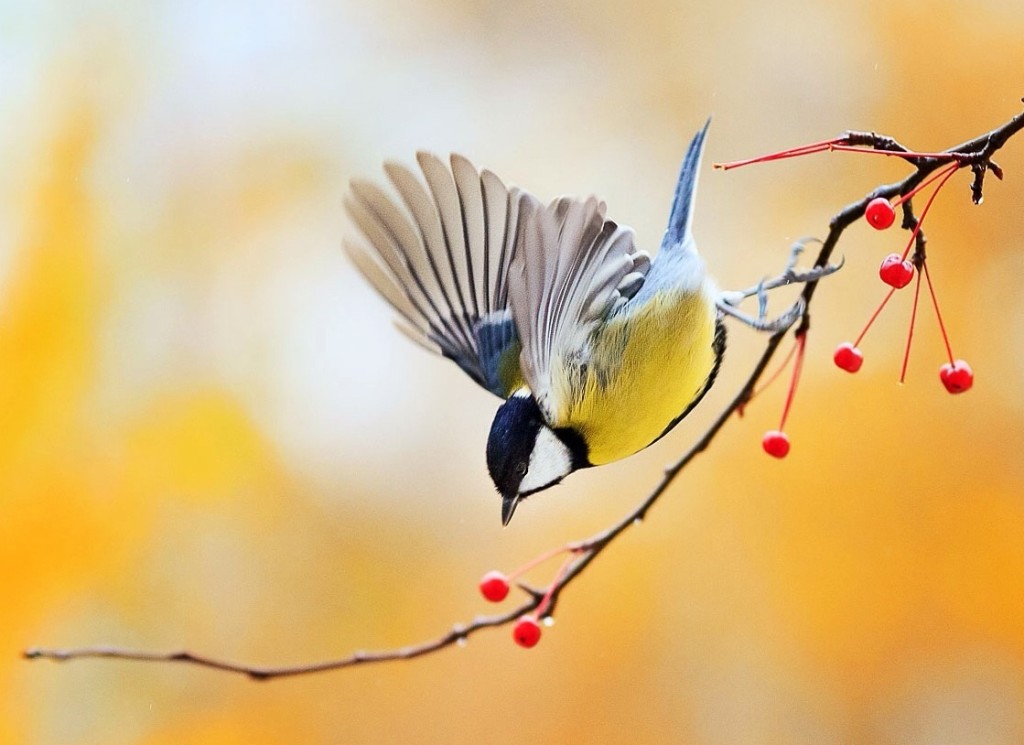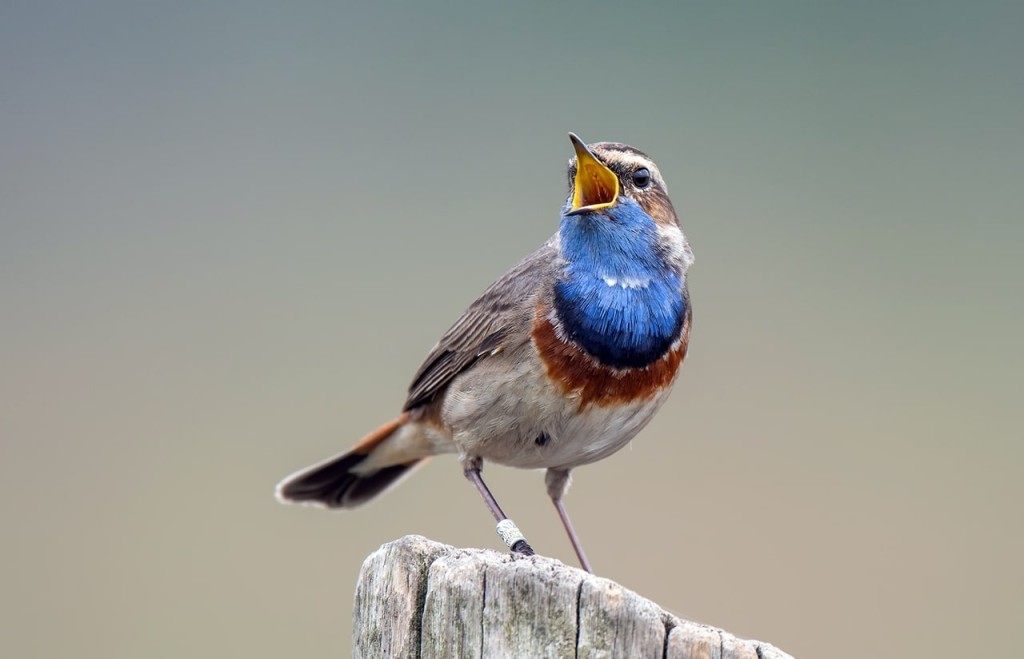Culture in animals. Does it exist? What does this knowledge give us?
In this article, we will talk about three key observations that have turned the opinion of scientists about the presence of culture in animals, and find out why these discoveries should not be ignored.
*Culture in animals is a set of behavioral traits that are transmitted by training from one individual to another.
Until the middle of the XX century, it was assumed that culture exists exclusively in humans, animals do not have such a concept. However, 3 key discoveries followed later, which turned the views of scientists and made them think.
The first observation was the case of tits and milk. Interestingly, tits, and indeed all birds, do not digest milk: unlike mammals, they do not have the enzymes necessary for the breakdown of lactose. But in the layer of cream, which is formed on whole milk, there is almost no lactose, which more than suits tits.
So, in the XX century, in a town in the south of England, milkmen put bottles of milk to their customers on the porch and tits eventually got into the habit of emptying cream from these containers. This skill was acquired by the tits gradually from each other, and the milkmen began to close the bottles with lids made of waxed cardboard. Milk buyers breathed a sigh of relief, but the happiness did not last long: by 1921, the tits got used to removing the lid or tearing off the cardboard layer by layer until the lid was thin enough to be pierced with a sharp beak. The replacement of cardboard lids with aluminum ones did not stop the tits either. This skill was transmitted from birds to each other not only within the same city, and by 1930, tits in ten different English cities had learned to open aluminum lids. When faced with a metal lid, they punched a hole in it, and then tore off strips of aluminum.
After the First World War, bottles with dairy products began to be covered with aluminum foil. And by the fifties of the last century, the entire population of tits in the UK had learned to open the lids of bottles left by the milkman to get to the cream.
Many Britons were forced to leave special plastic lids on the steps so that the milkman would protect the bottles from raids by tits, who even learned the time when the milkmen toured customers' homes

The next case was called the "Hundredth Monkey Syndrome"
The most common explanation of this effect tells about representatives of the species Macaca Fuscata, or Japanese monkeys from the island of Cosima.
In 1952, a group of Japanese primatologists began feeding monkeys sweet potatoes by throwing them on the sand. The animals really liked the taste of potatoes, but the dirt and sand on its skin brought them inconvenience. Soon after, one of the young females began washing potatoes in a nearby river. At first, the adults did not pay any attention to this, and the children were reluctant to repeat the new skill. However, over time, the young female taught this to her mother and playmates. Her comrades taught their mothers. Adult monkeys quickly began to use a new way of eating potatoes, but only those adults who adopted from their children. The rest ate vegetables dirty. This continued until 1958.
In the fall of 1958, one day all the monkeys of the island of Cosima suddenly began to wash potatoes before eating them. Obviously, there was some kind of leap in their consciousness. The "hundredth monkey syndrome" got its name because no one knew exactly how many monkeys ate sweet potatoes before this momentous day.

The final event that changed the opinion of scientists about the presence of culture in animals was the discovery of dialects in songbirds.
While birds of some species are born with an innate knowledge of how to sing, the chicks of many other bird species must learn to sing by imitating adults. It is those birds that are forced to acquire the skill of singing that can develop regional dialects, which means that their songs sound a little different depending on where they live.
Scientists have also found that when birds copy adults, they sometimes make mistakes. This mistake, in turn, is copied by other birds, and the local dialect develops. It turns out that the singing of birds is like a human language, which means it has dynamics?
* The dynamics of human language is expressed in changes, shifts that constantly occur in the language at every moment of its life.
In fact, some bird dialects do change rapidly - even during the breeding season. While other birds have been holding on to dialects for decades. For example, the dialects of some white ravens have not changed at all in 40 years.
*Interesting fact
The songs of many bird species are very complex and can consist of dozens of notes per second. According to research, songbirds are able to take up to 30 mini-breaths per second to keep up with the melody.

What do these observations tell us?
Animals are able to adopt the skill from experienced relatives, respectively, they are able to transfer the accumulated knowledge. Over the past 70 years, a huge amount of research has been conducted in the field of animal behavior and interaction, which has shown that animals constantly show signs of a unique culture and the ability to transmit traditions. For example, when primates get into groups unfamiliar to themselves, they begin to monitor the habits of unfamiliar individuals and eventually adopt them. Scientists noticed another amazing example of culture in a nature reserve in Zambia. It is fashionable for chimpanzees in these places to wear a blade of grass behind their ear! Biologists saw that a chimpanzee named Julie was the first to do so, and most of the members of her group followed her example.
Thus, modern man already knows for sure that cultural phenomena are extremely widespread in mammals, birds, fish and even some invertebrates. Therefore, it becomes obvious that when planning environmental measures, it is necessary to take care of preserving not only the genetic, but also the cultural diversity of animals. In addition, according to many scientists, the growing understanding of the role of culture in animal life requires a revision of some provisions of evolutionary theory and behavioral ecology.
Stay up to date with the latest news on our website: www.notivory.com
Read more
July 31, 2024
April 12, 2024
April 5, 2024